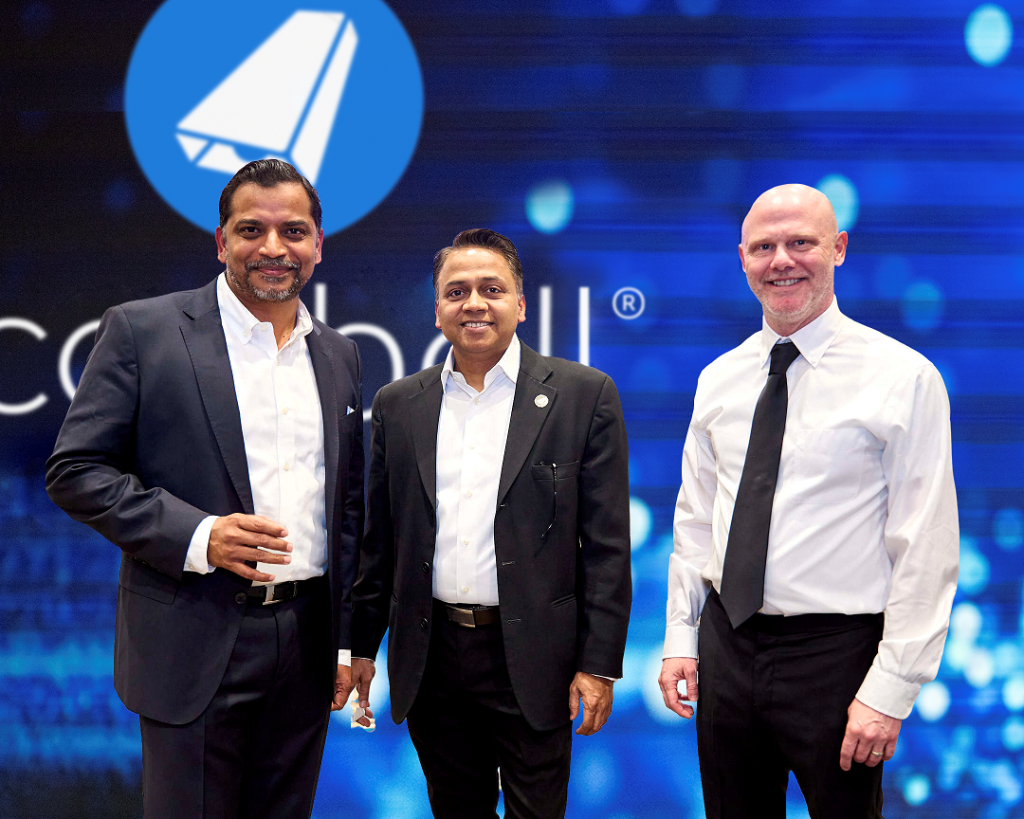In the digital realm, flashy cyberattacks like ransomware and malware often seize public attention, overshadowing the equally dangerous but less conspicuous DNS-based threats.
Recent data highlights a global uptick in Domain Name System (DNS) attacks, compelling a shift in defensive strategies.
What are DNS attacks?
DNS acts as the internet’s phonebook, converting user-friendly domain names into IP addresses, the unique codes that allow access to websites. This critical internet component, however, is not invulnerable to exploitation.
Types of attacks include DNS cache poisoning, when traffic for a legitimate destination is diverted to a fraudulent site by corrupting cached DNS data, which temporarily stored DNS information. This type of attack, also known as Kaminsky attack, as it was discovered in 2008 by Dan Kaminsky, can lead to the theft of sensitive information or distribution of malware.
Another attack is DNS spoofing. It involves a hacker switching a trusted phonebook entry with a fake one. When you attempt to access a website, you are unknowingly redirected to an impostor site designed to steal your personal information or infect your device.
Then there are attacks like DNS water torture, which exploit a website’s ability to handle traffic. Like a sudden rush of water causing pipes to burst, an overwhelming traffic surge — a tactic in so-called DDoS (distributed denial of service) attacks — can render a website inoperable, denying access to legitimate users.
How well do you really know your competitors?
Access the most comprehensive Company Profiles on the market, powered by GlobalData. Save hours of research. Gain competitive edge.

Thank you!
Your download email will arrive shortly
Not ready to buy yet? Download a free sample
We are confident about the unique quality of our Company Profiles. However, we want you to make the most beneficial decision for your business, so we offer a free sample that you can download by submitting the below form
By GlobalDataFinancial sector is most at risk
The financial sector, a repository of sensitive data, has emerged as a prime target, bearing the brunt of the impact of DNS attacks which can erode public confidence, trigger substantial financial losses, and incur hefty regulatory fines. For instance, the banking industry witnessed a jaw-dropping 4,500% increase in daily DDoS attacks in Q3 2023, making it the most targeted sector. This uptick underscores the urgent need for bolstered security measures.
Moreover, compromising customer data can result in costly lawsuits and penalties, such as FCA sanctions which, in severe cases, have been known to reach as high as £284m, as seen in the fine imposed on Barclays Bank in 2015.
Countering such serious threats necessitates a shift from traditional defences like firewalls, which alone are now deemed insufficient. The advent of DNSSEC (Domain Name System Security Extensions), a protection mechanism that digitally signs data to authenticate its legitimacy, towards a robust defence. However, its effectiveness is hampered by inconsistent adoption, leaving exploitable chinks in the armour.
With a staggering 90% of financial institutions reporting at least one DNS attack in the previous year, the imperative for understanding this threat and investing in modern protective measures has never been. The historical repercussions of DNS attacks further signify the urgency for proactive security measures.
For organizations, the message is clear: understanding the threat landscape and investing in modern protective measures is not just advisable, it’s imperative. The historical impact of DNS cache poisoning serves as a stark reminder of the importance of proactively securing digital assets in today’s interconnected world.










Related Company Profiles
Barclays Bank Plc